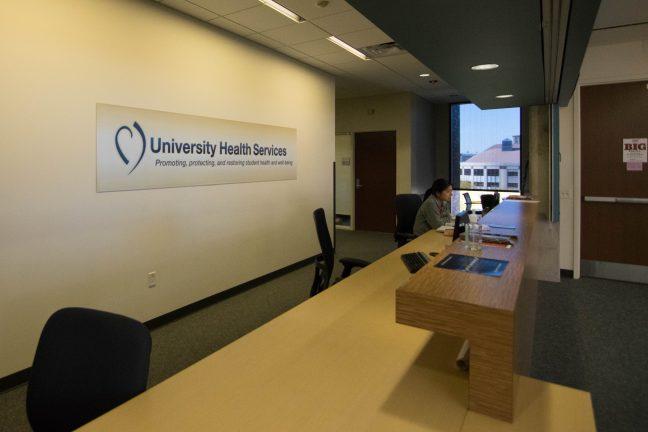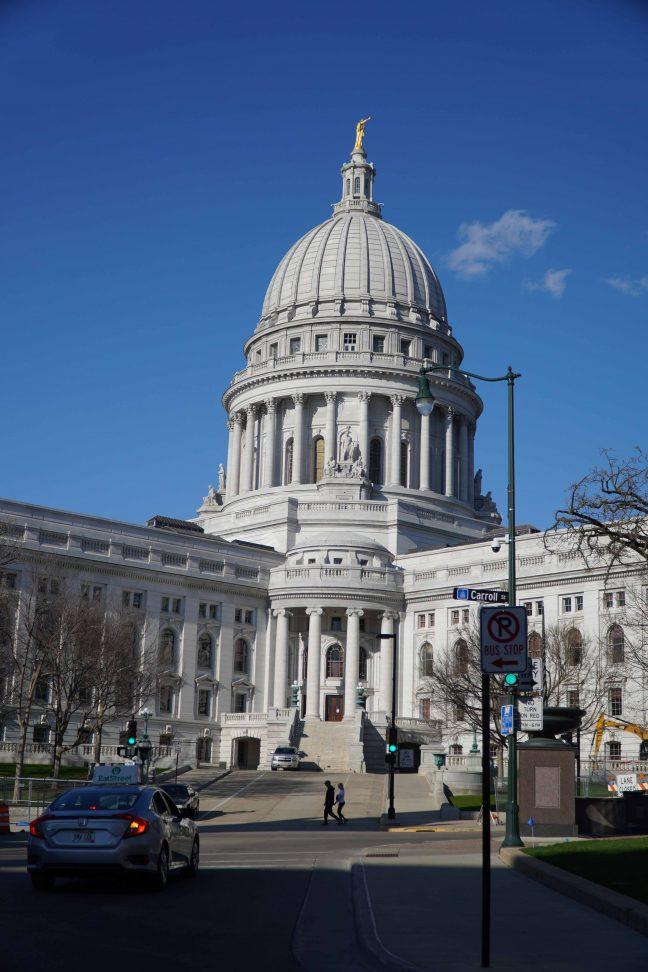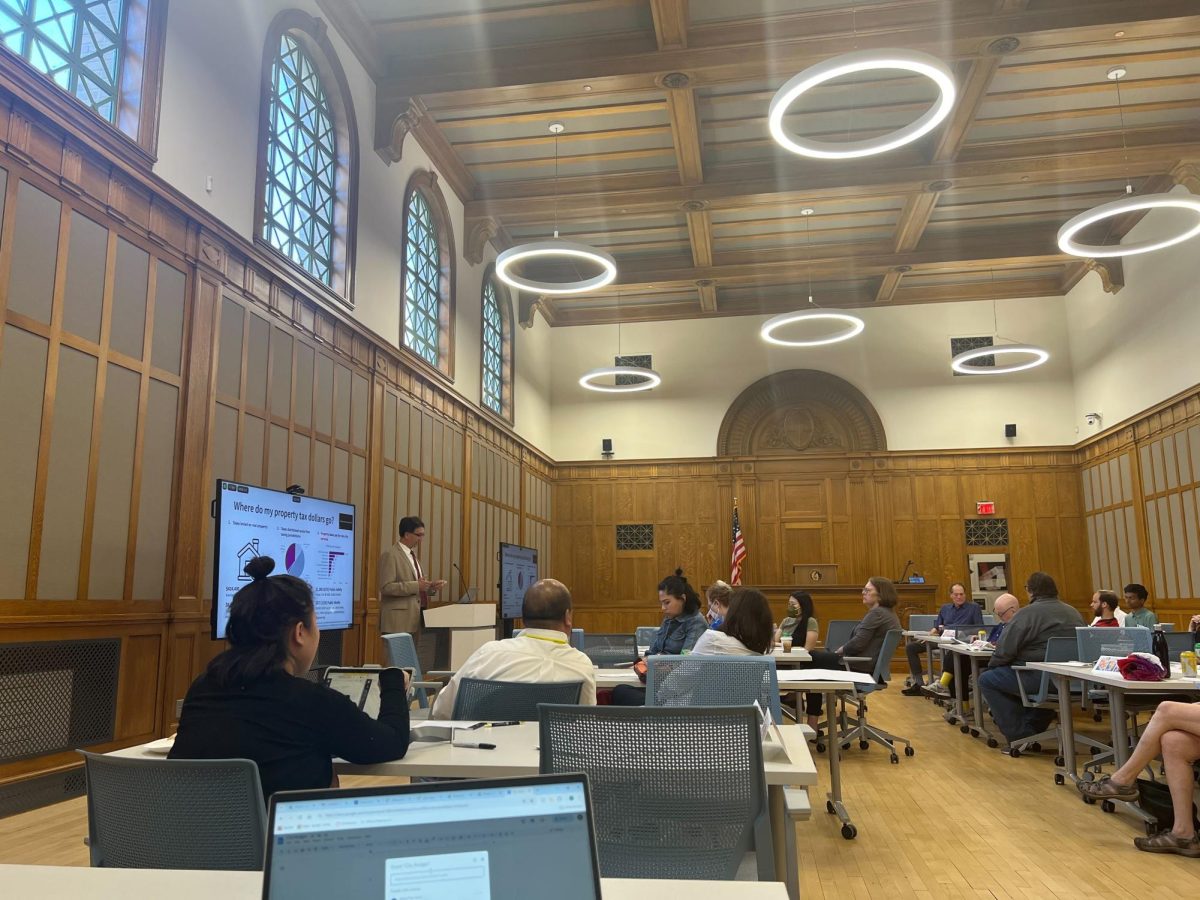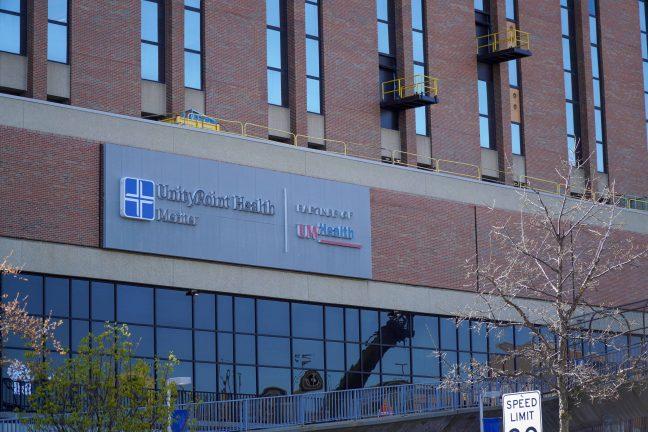Dane County officials said the University of Wisconsin and Dane County have proper policies in place to keep COVID-19 under control on campus this fall.
This May, Public Health Madison and Dane County released the Forward Dane plan, which set standards for workplaces, schools and recreational facilities as the county began to reopen. In June, Dane County entered phase two of the Forward Dane plan, which allows post-secondary education institutions to operate as usual, no longer restricted to distance learning as they were in phase one.
Despite the growing list of universities across the country whose reopening plans have failed due to spikes in COVID-19, students moved into dorms in late August and many registered for in-person classes.
Communications Director for Public Health Madison & Dane County, Sarah Mattes, said student behavior is key in Dane County’s success as a community in preventing an increase in cases.
“The driver of disease transmission isn’t happening in the classroom — it is happening as students socialize,” Mattes said.
The University of North Carolina at Chapel Hill became a national example of student socializing gone wrong when COVID-19 clusters appeared in three residence halls and a fraternity house within the first week of the fall term, according to the Washington Post. A video surfaced on Twitter of a group of UNC students who did not socially distance or wear masks at an off-campus sorority party, according to CBS 17.
Chapel Hill police also reported an increase in 911 calls concerning large crowds not practicing social distancing. In response, UNC announced students who violate state or local ordinances or do not comply with standards relating to COVID-19 will be “subject to disciplinary action through the Student Affairs Office,” according to the Daily Tar Heel.
UPDATED: UW System releases official COVID-19 guidelines for the fall semester
UW spokesperson Meredith McGlone said UW will follow the Dane County Public Health Order which outlaws indoor gatherings of more than 10 people.
McGlone also said UW fraternities and sororities pledged all events will follow county public health guidelines and have prohibited social gatherings which include alcohol.
UW freshman Rachel Dimeo said she is doubtful these policies will be followed.
“If dorms could actually social distance and wear masks, I do not think COVID would be a rapid problem, but I know this is not the case,” Dimeo said. “I have seen many people congregating together without masks and are crammed into little dorm rooms and even parties.”
Man breaks into Langdon Street Fraternity, uses samurai sword to cause damage, open doors
A press release from UW explained classes this fall would offer in-person instruction in many courses until the Thanksgiving recess, after which they will switch to a virtual format for all courses for the final nine days of instruction plus exams.
The Smart Restart plan describes UW’s three-part testing plan, which includes unlimited free drop-in tests, surveillance testing to track the prevalence of the virus on campus and target testing for all students and staff living in residence halls. Additionally, everyone on campus will be required to wear a face covering, practice social distancing and self monitor for symptoms.
Hundreds of colleges across the country reversed or remedied their reopening plans, including many Big Ten universities. Michigan State closed undergraduate residence halls and moved classes online, according to Inside Higher Ed, and the University of Minnesota’s governing board voted to delay the opening of dormitories and the start of in-person undergraduate classes by at least two weeks, according to the Star Tribune.
“As a premier residential university, we believe deeply in the value of face-to-face instruction,” McGlone said. “We believe students want to be in Madison to learn in person and that they will rise to this opportunity for in-person learning. Having students on campus and providing in-person instruction, where feasible, provides a better set of educational opportunities for students lacking suitable technology or spaces to effectively study at home.”
Families, off-campus students deal with financial impact of COVID-19
Not all Big Ten universities changed their reopening plans. Ohio State allowed students to return to campus and is now monitoring the virus with consistent testing, according to Ohio State News.
As of early September, the overall student positivity rate at Ohio State was 3.13%, with 882 students testing positive, according to the Columbus Dispatch. Only 165 isolation and quarantine beds remain available on campus — a decrease from the 351 beds available as of late August.
UW is also using quarantine and isolation housing to keep students safe this fall, according to University Health Services Chief Preventative Medicine Resident Colin Pitts. There are approximately 700 spaces available in quarantine housing and 400 in isolation housing. There is currently no data available on the University Health Services website regarding the number of students living in quarantine and isolation housing.
“If you test positive [for COVID-19] you are isolated,” Pitts said. “We have isolation facilities for that, where essentially, if you [test] positive, you go into this dorm for 10 days after the positive test. We send you a symptom survey to see how you’re doing and housing checks in on you. If you are close contact, so 15 minutes unmasked, close together, within six feet, or if you are in the same living space, so same door room that causes close contact, we have a quarantine facility.”
Students are tested twice while in quarantine, once in the early days of their stay and once near the end, Pitts said. Quarantined students are also monitored with a symptom tracker.
While students are technically able to go home as opposed to living in quarantine or isolation housing if they are exposed to the virus, Pitts said students are “strongly encouraged” to quarantine on campus because of access to testing within quarantine and isolation housing and because their symptoms can be monitored.
COVID-19 in College: Students recovered from COVID-19 share experiences as year begins
At the University of Iowa, 500 students self-reported positive COVID-19 tests in late August. A university notice announced if the positive case rate did not flatten over the next week, the university would consider additional actions, according to Iowa City Press-Citizen.
“Our plans are informed by the latest science and public health information,” McGlone said. “They include a robust testing regime, contact tracing, symptom monitoring, enhanced cleaning protocols, mandatory wearing of face coverings in university buildings and public spaces where physical distancing isn’t possible, and physical distancing in all classrooms.”
McGlone said the percentage of students testing positive, available beds in on-campus isolation and quarantine, Dane County policy, percentage of Dane County residents testing positive, the capacity of the UW health care system and the consultation of on-campus infectious disease experts are all taken into consideration.
McGlone and Mattes said no one criterion will take precedence over another in the decision-making process, and multiple contingency plans gave UW flexibility during uncertain times.
“UW-Madison is a part of [Dane County’s] community, and decisions made for campus will affect the rest of our community,” Mattes said. “Everyone, including college campuses and other venues which bring large groups of people together, must take the necessary steps to prevent the spread of COVID-19 if we are to keep the pandemic under control.”


















